nanotechnology water is one of the valuable human achievements that makes it possible to provide diverse and innovative solutions to almost all the problems of human life and this is water nanoparticles. The UN report says more than 700 million people worldwide are suffering from water shortages, and by 2025 this number will rise to 3 billion. It is estimated that Water treatment nanoparticle consumption in the world will achieve this need. But the rate of water production at this rate would not be enough.
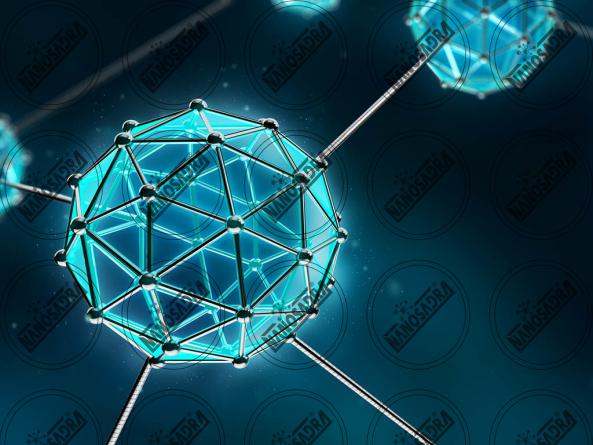
What is Silver Nano technology in water purifier?
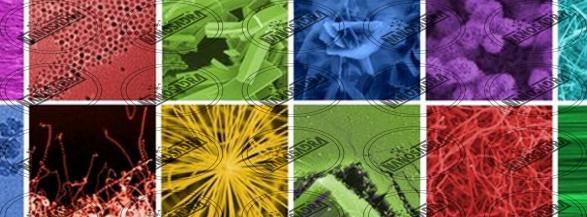
Application of nanotechnology can be divided into three main areas :
Water Purification and Recovery: Silver Nano technology in water purifier must meet certain quality standards to be safe for human consumption. In the process of purifying drinking water, pollutants and germs must be removed from the water. Nanotechnology can remove microbes that are resistant to conventional methods and can be easily removed from the water. Also, combining filtration processes with nanotechnology are very effective in increasing water purification efficiency and reducing costs. Industrial wastewater can also contain large quantities of heavy metals, toxic organic matter, and oily materials. Nanotechnology allows many of these pollutants to be removed from water with higher efficiency using a variety of nanotechnology water filter. The use of nanocatalysts also allows for faster, uniformly degraded contaminants, and the cost of water treatment in industrial plants.
Is nanotechnology sustainable?
Pollutant monitoring and water quality control: Today, industrial and municipal wastewater treatment sustainable require sensors that continuously analyze pollutant compounds. These sensors can continuously and online send information from the analysis of the incoming water and the treated water to the treatment plant or environmental organization. The biggest nanomembranes water treatment with older sensors is that pollutants are very diverse and the sensor has to detect several types of pollution at the same time. On the other hand, the concentration of contaminants in industrial wastewater fluctuates throughout the day and is necessary. Sensors are capable of covering a wide range of contaminant concentrations. Today, nanotechnology sensors have a much better sensitivity and selectivity than traditional sensors.
The field of filtration and nanoparticles in water recovery can be divided into sections of filtration process, sorbents, catalysts, desalting process and microbial decontamination. Also in terms of pollutant monitoring and water quality control, it is divided into sections including nano sensors, nano sensors, cumulative array of sensors and preconcentrated sensors.
Applications of nanotechnology in water
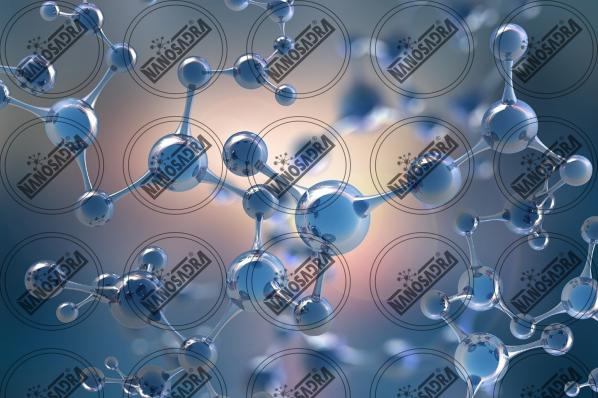
Water distribution facilities: In many irrigation networks, the Applications of nanotechnology in water sediment behind the valves or the inner wall of the transmission pipes can have many benefits.
Also, corrosion of pipes or body and pumps can be expensive. The use of nano-coatings results in reduced deposition and increased corrosion resistance and reduced noise in the transmission network. Also, the use of antibacterial nanoparticles in irrigation and drainage channels can prevent algae growth and blocking water transport pathways. On the other hand, the widespread damage to concrete structures and installations incurs irreparable costs to countries. Nano materials can improve concrete coatings and sealing of structures. Nanotechnology can also play a role in managing and reducing evaporation of large and small resources.
There is also the fact that about 70% of the world’s water is consumed by agriculture, while poor irrigation and inadequate management are destroying large amounts of water resources. Industries in turn waste a lot of water. The market for nanostructured water treatment products in 2010 was about and is projected to grow at an annual growth rate of the next five years Further development of nanotechnology is expected to improve the efficiency of various water treatment methods such as purification, desalination, disinfection and refining. It is also expected to use the product.

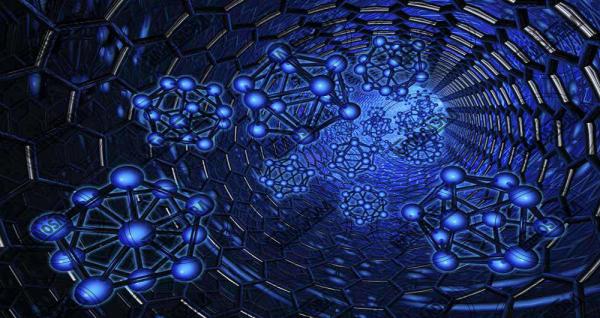
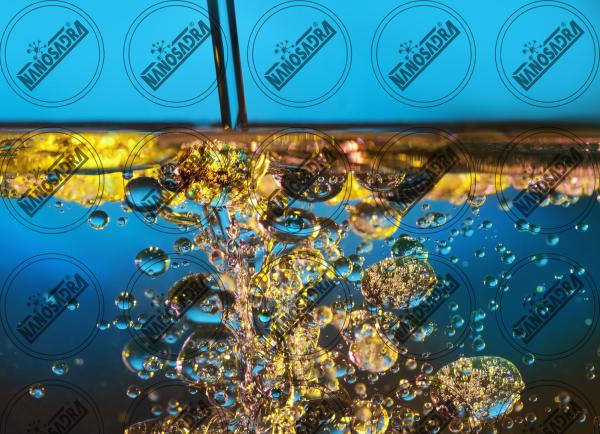
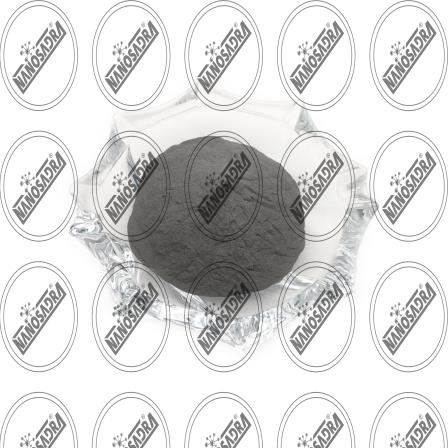
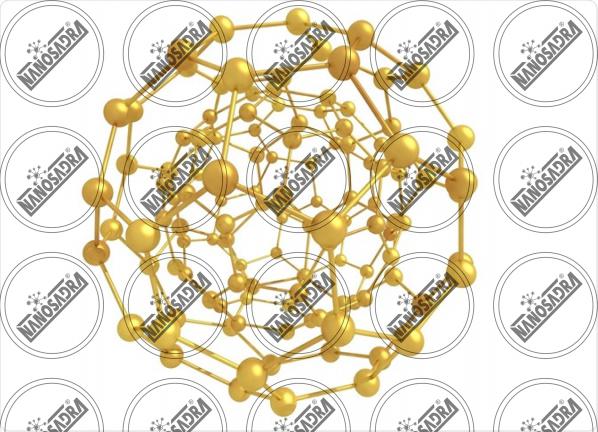
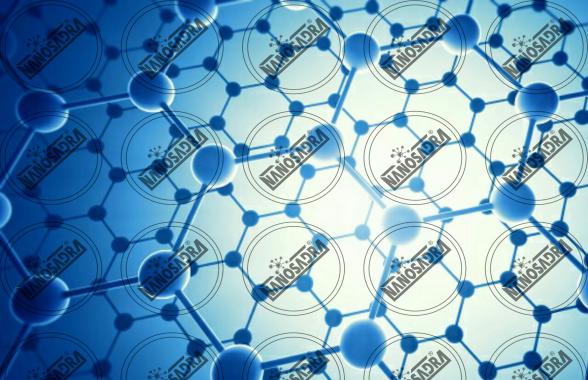
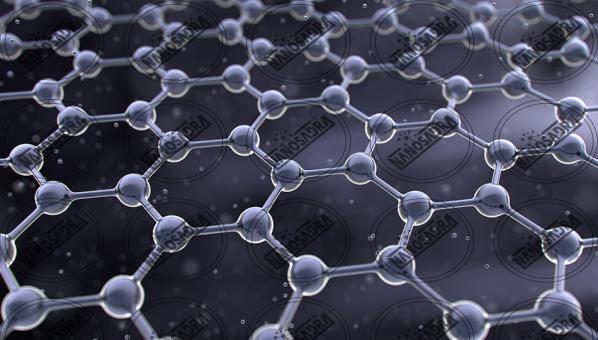
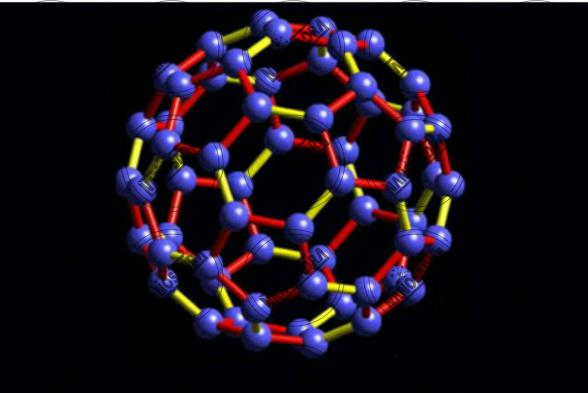
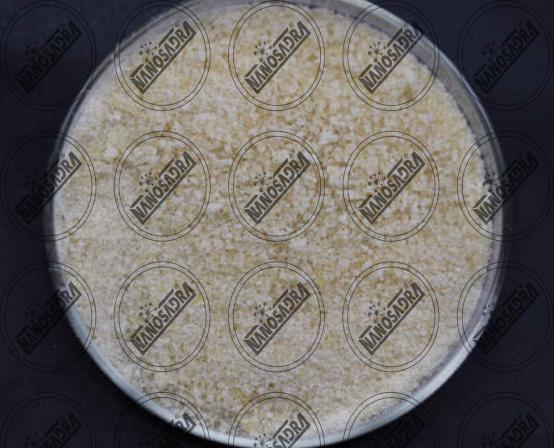
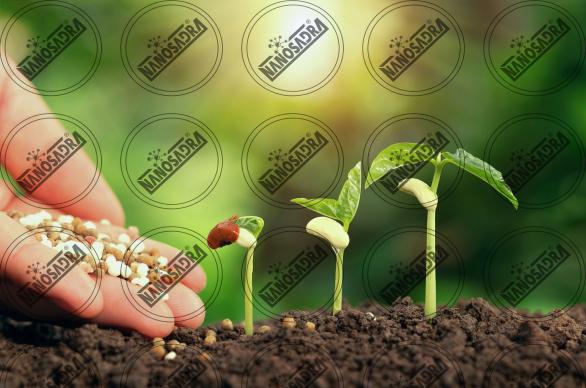
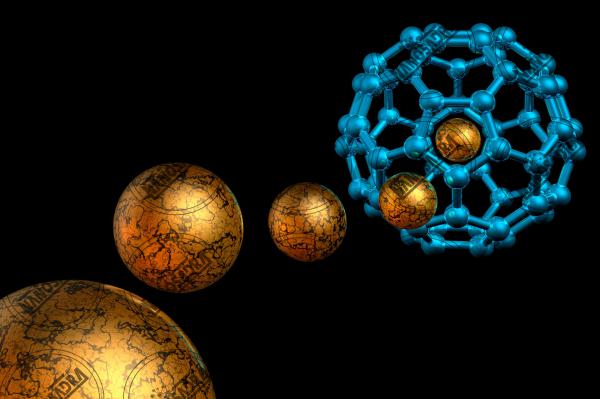
Your comment submitted.